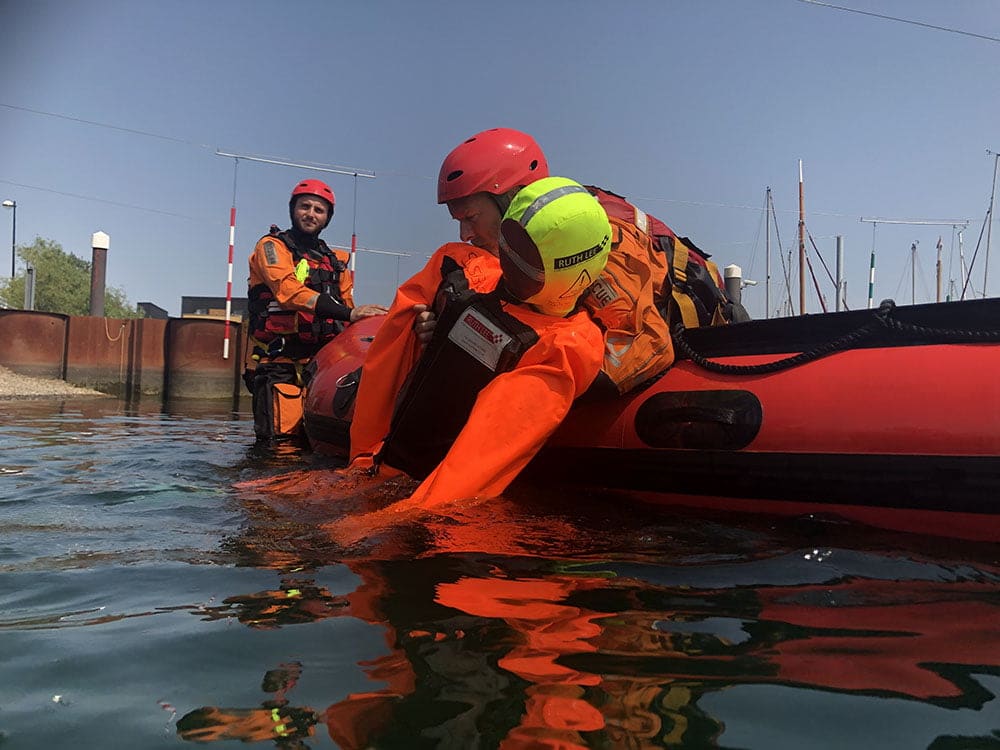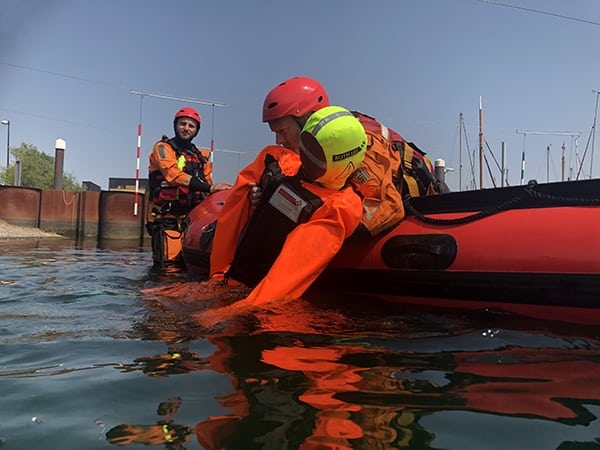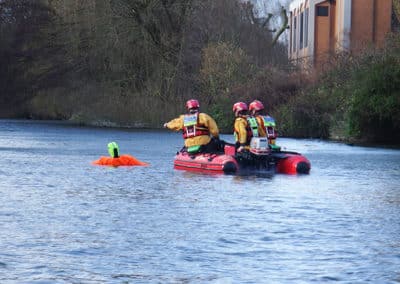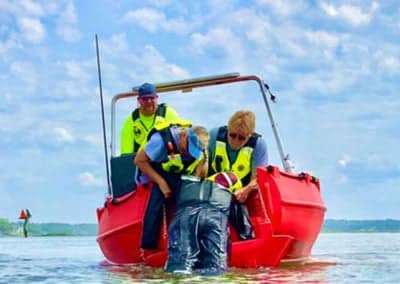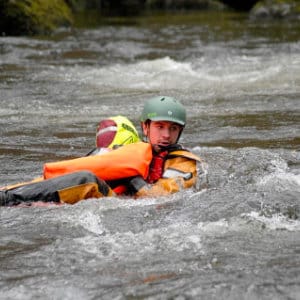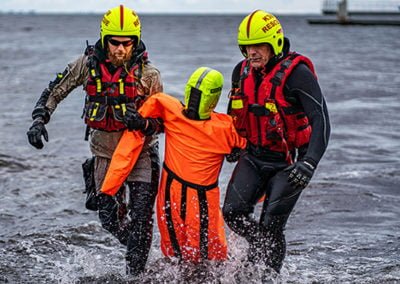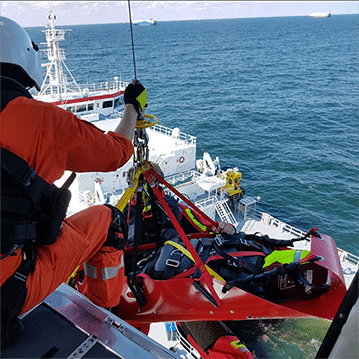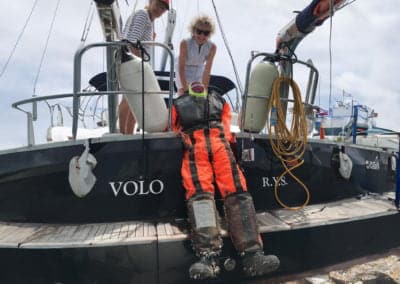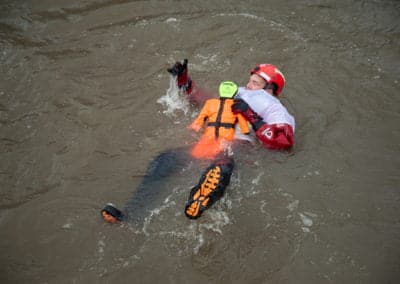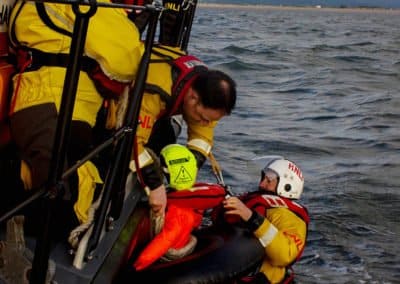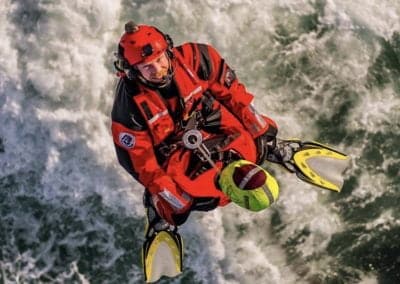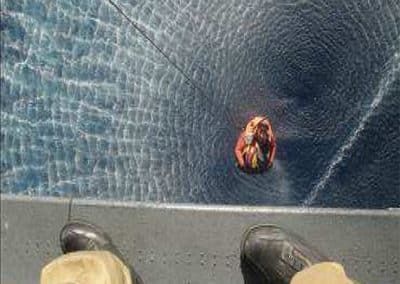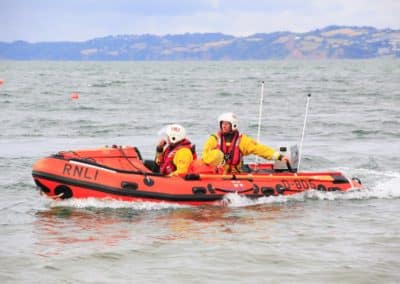The International Convention for the Safety of Life at Sea (SOLAS) is a comprehensive set of regulations aimed at ensuring the safety of vessels and their crews. One critical aspect of these regulations is the mandatory implementation of man overboard (MOB) drills. These drills are designed to prepare the crew for swift and effective action in the event that someone falls overboard, significantly improving the chances of a successful rescue.
Importance of Man Overboard Drills
Man overboard incidents pose a significant risk to the safety of individuals at sea. Immediate and well-coordinated responses are crucial, as the survival window in open water can be extremely short, influenced by factors such as water temperature, sea conditions, and the time it takes to locate and recover the person. MOB drills are essential for ensuring that crew members are familiar with the procedures and equipment necessary to conduct a rescue operation efficiently.
SOLAS Requirements for MOB Drills
SOLAS Chapter III, which deals with life-saving appliances and arrangements, stipulates specific requirements for MOB drills. According to Regulation 19 of this chapter, all ships must conduct regular drills to prepare the crew for emergencies, including man-overboard situations. Key aspects of these drills include:
- Frequency of Drills: MOB drills must be conducted at least once a month. If the vessel is on a short voyage and it is impractical to conduct the drill, it must be carried out within 24 hours of departure.
- Realistic Scenarios: Drills should simulate realistic scenarios, including the use of life-saving appliances and procedures as if an actual emergency had occurred. This ensures that the crew is adequately prepared for the physical and mental challenges of a real-life situation.
- Crew Training: All crew members must be trained in the use of MOB detection systems, life-saving equipment, and the procedures to be followed. This includes understanding the roles and responsibilities of each crew member during a rescue operation.
- Equipment Checks: Drills provide an opportunity to check the functionality of all related equipment, such as lifebuoys, rescue boats, man overboard detection systems, and communication devices. Regular checks ensure that all equipment is in working order and ready for immediate use.
- Record Keeping: Detailed records of all drills must be maintained, including the date, the type of drill, and the performance of the crew. These records are essential for compliance verification during inspections and audits.
Conducting Effective MOB Drills
An effective MOB drill involves several key steps:
- Initiation of the Alarm: The drill begins with the sounding of the man overboard alarm, alerting the crew to the emergency.
- Immediate Actions: Crew members should perform immediate actions such as throwing a lifebuoy with a line towards the person in the water, deploying a man overboard marker buoy, and maintaining visual contact.
- Rescue Coordination: The bridge team coordinates the rescue operation, manoeuvring the ship to create a lee, slowing down, or stopping to facilitate recovery. Simultaneously, a rescue boat should be prepared and launched if necessary.
- Recovery: The crew should practice various recovery methods, including the use of rescue boats and shipboard recovery equipment. This phase of the drill is critical for ensuring that the person overboard can be brought back on board safely and swiftly.
- Debriefing and Evaluation: After the drill, a debriefing session should be conducted to evaluate performance, identify any issues, and discuss improvements. This feedback loop is vital for the continuous improvement of safety procedures.
Should Manikins Be Used for Man Overboard Training?
Using manikins for man overboard (MOB) training can significantly enhance the realism and effectiveness of these crucial drills. While some might question the necessity or practicality of using manikins, there are several compelling reasons why their inclusion can be highly beneficial.
Realism in Training
One of the primary advantages of using manikins in MOB drills is the added realism. A training manikin simulates the weight and buoyancy of a real person, allowing the crew to experience the physical challenges associated with rescuing someone from the water. This can include difficulties related to securing the person, lifting them aboard, and dealing with the water’s resistance and motion.
Realistic training helps prepare the crew for the actual conditions they will face in a real emergency, making the drill more effective. When crew members practice with a manikin, they develop a better understanding of the strength, coordination, and techniques required to perform a successful rescue.
Enhancing Skill Proficiency
Using a manikin can enhance the proficiency of the crew in several key areas:
- Search and Recovery Techniques: Crew members can practice different search patterns and recovery techniques, improving their ability to locate and recover a person overboard quickly and efficiently.
- Use of Equipment: Manikins provide an opportunity to practice with various pieces of rescue equipment, such as lifebuoys, heaving lines, and recovery slings, under realistic conditions.
- Coordination and Communication: The drill’s complexity increases when a manikin is used, necessitating better coordination and communication among the crew. This can lead to improved teamwork and a more cohesive response during an actual emergency.
Safety and Practicality
While using real people for MOB drills might seem like a more direct method, it carries inherent risks, such as accidental injuries or hypothermia. Manikins eliminate these risks, ensuring that the drills can be conducted safely without putting any crew members in harm’s way.
Moreover, manikins are designed to withstand repeated use in water, making them a practical choice for regular drills. They can be dropped, retrieved, and subjected to various recovery methods without damage, ensuring that the training tools remain effective over time.
Compliance with Regulations
While SOLAS regulations do not explicitly mandate the use of manikins in MOB drills, they do emphasize the importance of realistic training scenarios. Using manikins can help fulfill this requirement by providing a lifelike element to the drills, thereby enhancing the overall training quality.
Conclusion
Ruth Lee can help you to incorporate manikins into man overboard training and drills offering numerous benefits, including increased realism, enhanced skill proficiency, and improved safety.
Our Man Overboard manikin will provide a very realistic training experience, ensuring that crew members are better prepared to respond effectively to real-life emergencies, ultimately improving the chances of a successful rescue. As maritime safety continues to be a top priority, the use of manikins in MOB training represents a valuable investment in the preparedness and capability of seafaring crews.
